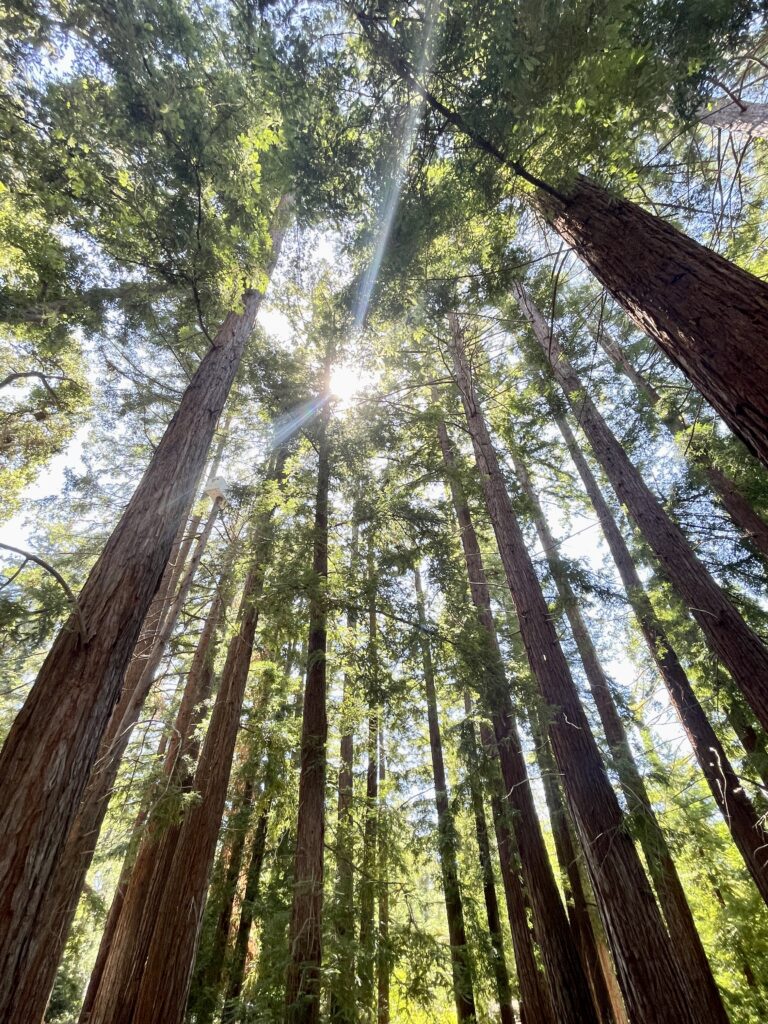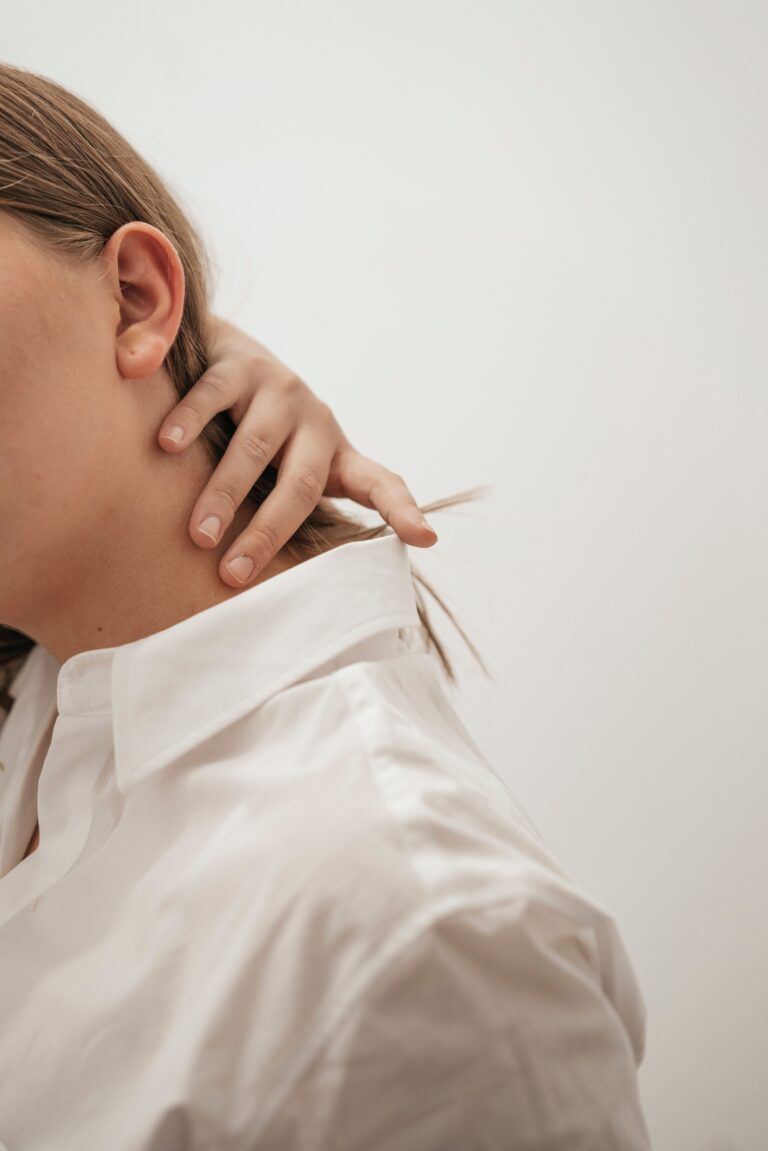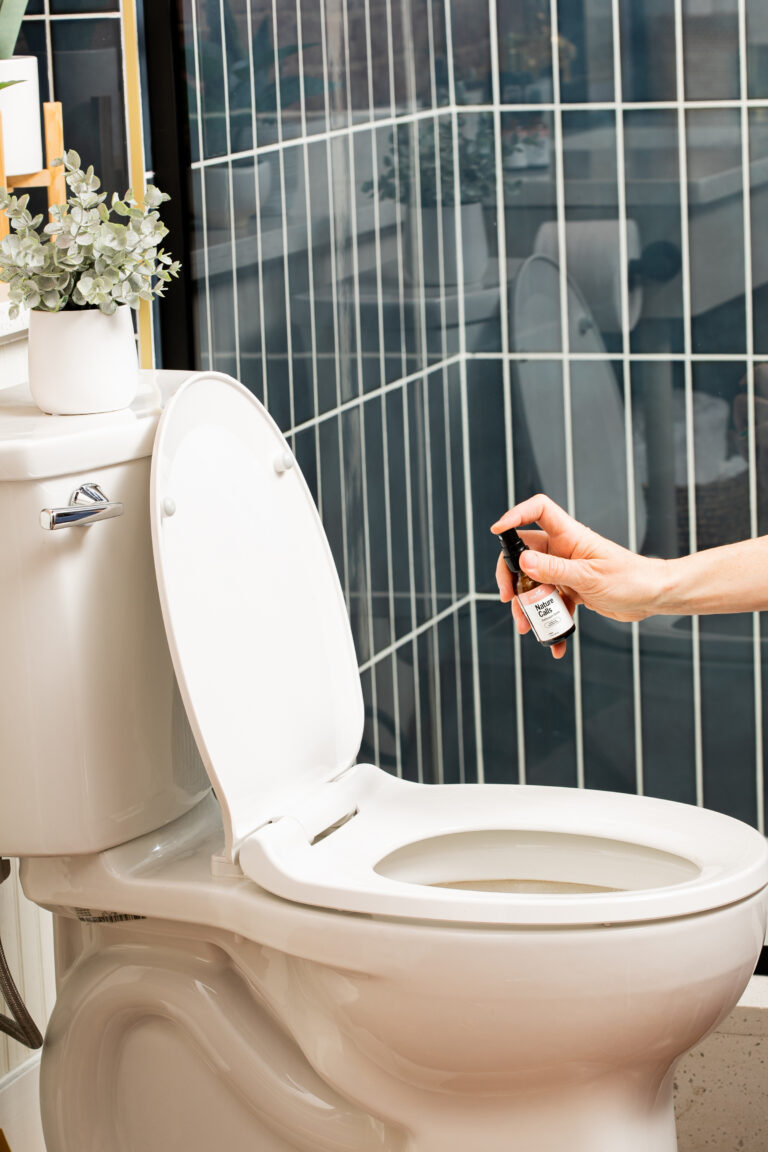
Stay Grounded During the Winter Months
As we head into the winter months it’s very important to stay grounded so we
share:
We’re getting close to the end of spring. Have you done your spring cleaning? Don’t worry, we won’t tell if you haven’t! Getting your home clean for spring can be a tough job, and a harsh one full of chemicals that aren’t good for the environment.
We’re going to teach you some ways to spring clean your home by using green natural products. These tips may inspire you to get that spring cleaning done before you miss the window this year.
Use Natural Cloths While You clean
First, let’s start with the humble washrag. You are using rags, right? Paper towels aren’t good for the environment! You can go through many rolls of paper towels while you spring clean your home, but good reusable washcloths will last for years.
One of the best washcloths you can use while you spring clean your home are cloth diapers. They’re durable and hold lots of liquid. Get the 3-ply kind and you’ll never go back to paper towels again. It’ll also save you money.
Don’t want to use cloth diapers? Use old t-shirts or other cotton clothing. You can also pick up packs of cleaning towels and DIY stores, though they’ll look beat up even after a single wash. Avoid microfiber cloths because these contribute to microplastics in your house and could harm your health.
The Trinity of Natural Cleaners
The three must-have chemicals for natural cleaning are water, vinegar, and baking soda. They’re all cheap and they’re all natural products. Yes, even baking soda! Nahcolite and trona are the natural mineral forms of this cleaning product.
Vinegar is made from bacteria that changes alcohol into vinegar. Cleaning vinegars and white vinegar get distilled to remove the bacteria and make a stable product. Cleaning vinegars contain much more acetic acid and should not be used for cooking or canning, and used with care on surfaces!
Why do these clean so well? Vinegar is an acid and baking soda is a base. Each one works on different stains. Baking soda is also a gentle abrasive for scrubbing up dirt and grime. Mixing them creates fizzy carbon dioxide that also helps lift dirt from surfaces.
Water is the near-universal solvent for all household cleaning, even your leftover vinegar and baking soda mixture. You can pour all three down your drains and not harm the environment. You can also freshen your sink drains by putting one part baking soda and two parts vinegar into them!
The best part? All three are safe for the environment and leave no toxic residue. You can replace nearly all of your cleaning supplies with vinegar, baking soda, and water. Just change the proportions!
What Not to Clean with These
Baking soda is an abrasive, and vinegar can attack some materials. So, you should not use these cleaners for things like:
Glass
Aluminum
Wood furniture
Items of silver or gold
Ceramic stovetops
Stone surfaces
For these, use the cleaners below or a specialty cleaner. Even if it’s not as natural as you might like, some things require special cleaners.
When the Stains Won’t Listen
Baking soda, vinegar, and water can clean many things, but they won’t clean everything. There are three more items you can add to your cleaning kit for tougher stains. These are Castile soap, alcohol, and hydrogen peroxide.
Castile soap is soap made from only lye and plant oils. The most traditional bars only have olive oil. The important thing to remember is that they contain no synthetic ingredients. You can usually find at stores if you hunt through the specialty soaps. Dr. Bronner’s sells a liquid form of Castile soap, both unscented or with an essential oil.
Alcohol, whether rubbing alcohol or a clear liquor like Everclear, is used to dissolve things that water and vinegar can’t dissolve. Ink and marker stains are no match for this stuff! It’s also great for cleaning chrome and stainless steel. Most importantly, it is a disinfectant. Mix two parts alcohol and one part water in a spray bottle and you’ll have a basic disinfectant spray.
Hydrogen Peroxide is the key thing to use for anything organic, like blood stains or pet messes. It’s probably the harshest chemical in the list, but also quite safe once it breaks down into water and oxygen! Do a spot test before using it on carpet or cloth. It could remove dyes.
With these, you’ll want to rinse the surface afterward with water to remove any residue, especially food surfaces. None of these are safe to eat.
Essential Oils
These are the basics you need for all-natural cleaning. Now, how do you make it smell good? The answer is essential oils! We use essential oils in almost all of our products, including our home cleaning sprays.
The synthetic fragrances in cleaning products may smell wonderful, but they are absolutely awful for health. They make most of them from petroleum and the scents can create chemical sensitivities. We’ve had many people come to love our products because they don’t cause headaches, dizziness, or allergic reactions.
Essential oils also have their own cleaning power. Even the big cleaning product companies use lavender, pine, and lemon oils for their properties. Plus, they smell wonderful in the home. Yet even these may be synthetic.
By using certified essential oils, you can add scents to your home cleaning that aren’t made with petroleum products. The easiest way to use them is to purchase products that only use essential oils for scent, like our Namaste At Home Sanitizing Spray. It’s also much cheaper. Some essential oils, like rose, are quite expensive!
A General Cleaning Spray
Here’s a recipe you can use to make a cleaning spray you can use anywhere in the house, including the bathroom. In a spray bottle, put in:
½ cup water
½ cup liquid Castile soap
1 ⅓ cup baking soda
2 tablespoons white vinegar
Gently shake to dissolve, then spray on your surface. Leave it for ten minutes, then wipe it away with a sponge and some water. If you want to make this spray food-safe, take out the Castile soap.
Switching to cleaners like these is a great way to make your home more green and less toxic. Skip the paper towels and toxic chemicals and try these cleaners for your spring cleaning. It’ll be much more pleasant, and you can take a break when you wash your cloth towels clean!

As we head into the winter months it’s very important to stay grounded so we

Discover relief from muscle pain with essential oils. The Mind Prep We all want to

Navigating the storm of stress can be a powerful tool in your wellness toolbox. Stress

All Natural Bathroom Spray Our all natural bathroom spray. Infused with essential oils, this unique